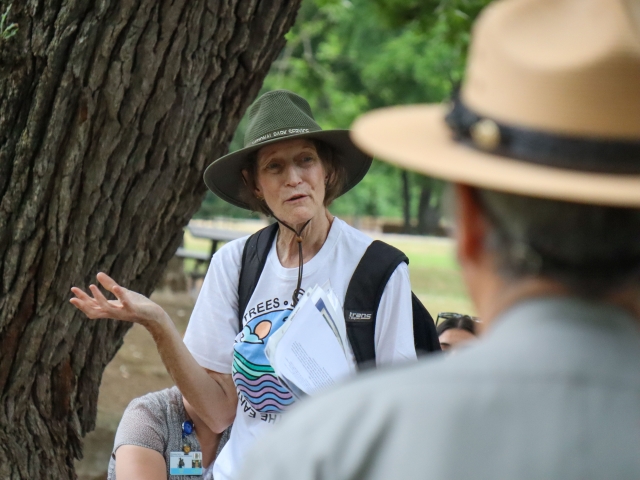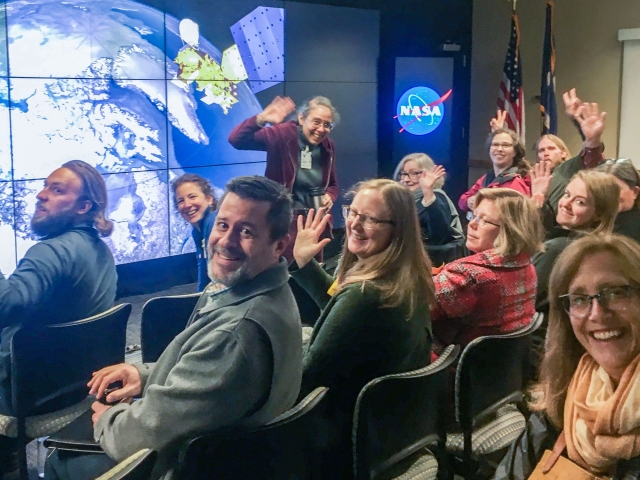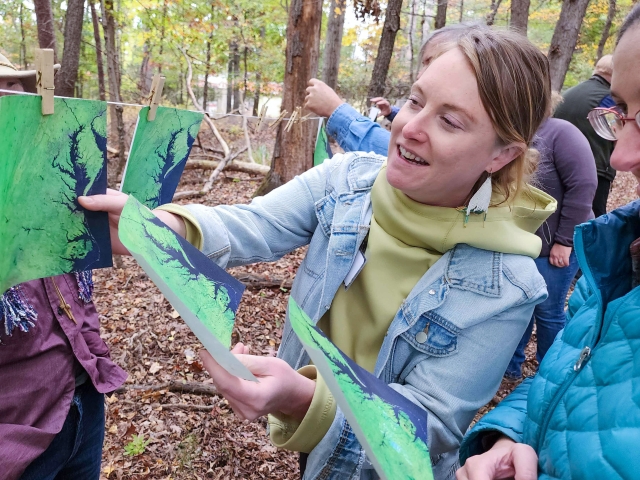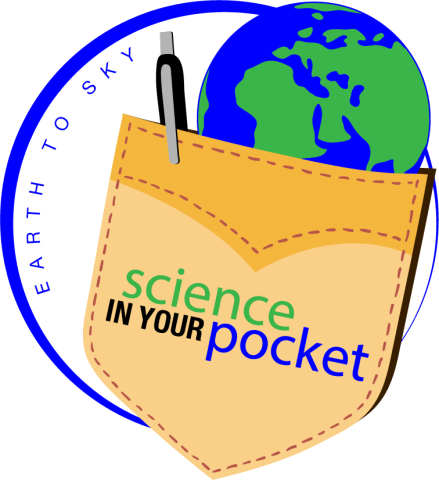connecting the wonders of science
with the power of place
with the power of place
Welcome to Earth to Sky!
The Earth to Sky Partnership nurtures and supports a growing community of interpreters, educators and scientists learning and sharing science and communication techniques.
Our community of practice develops interpretive and educational products and programs for use in refuges, parks and other sites of place-based education.
Membership is free and provides access to our professional development events, archives, and valuable resources for effective science communication.

Join the Conversation!
Are you interested in deepening your skills and connecting with other science communicators? All are welcome to join us for twice-monthly gatherings.
First Thursdays: Community Conversations
Bring your coworker, your supervisor, your friend, and your cat to dive deep into discussions at the intersections of Earth science, current events, and communication tehniques. We welcome new faces, and we hope to see you there!
Bring your coworker, your supervisor, your friend, and your cat to dive deep into discussions at the intersections of Earth science, current events, and communication tehniques. We welcome new faces, and we hope to see you there!
Third Fridays: Science in Your Pocket
What notes and tools do you keep in your back pocket for unexpected questions? This series of mini-webinars offers bite-sized resources for fueling and supporting your conversations, programs, and Earth and space communication products every day.
What notes and tools do you keep in your back pocket for unexpected questions? This series of mini-webinars offers bite-sized resources for fueling and supporting your conversations, programs, and Earth and space communication products every day.
Floating Schedule: Speaking of Space
Are you looking for ways to connect your audience to the night sky but aren’t sure where to begin? Are you looking for new science and perspectives to enhance your existing night sky programming and products?
Are you looking for ways to connect your audience to the night sky but aren’t sure where to begin? Are you looking for new science and perspectives to enhance your existing night sky programming and products?






